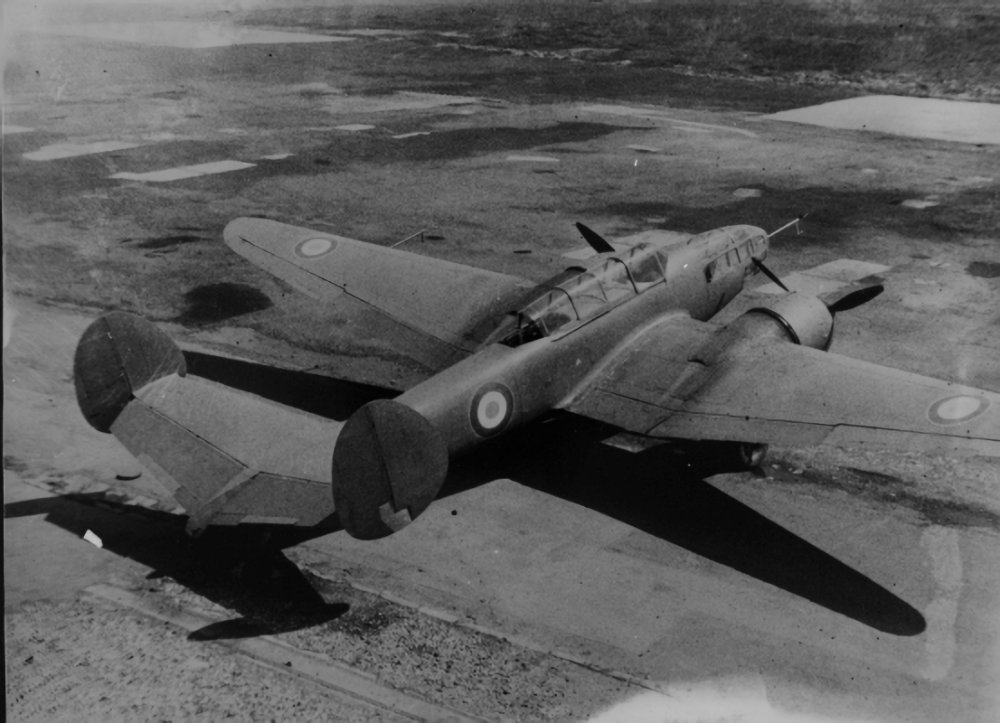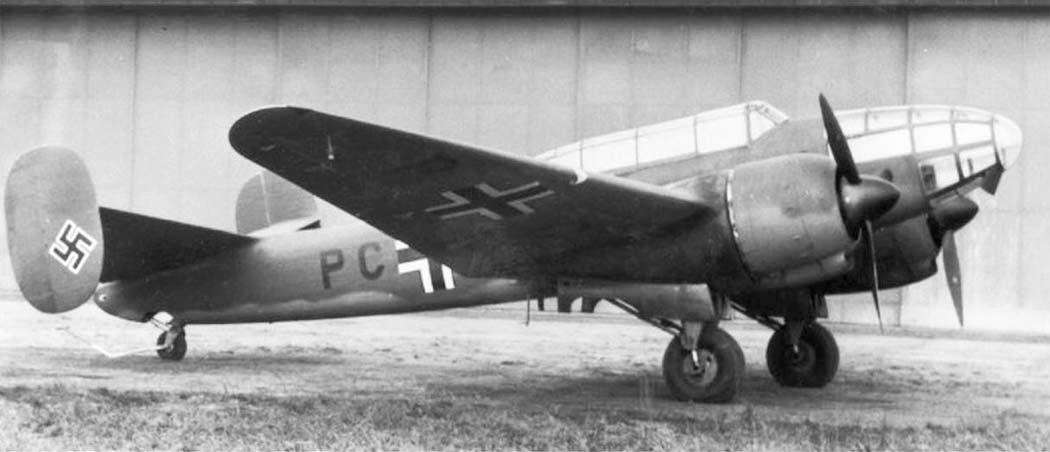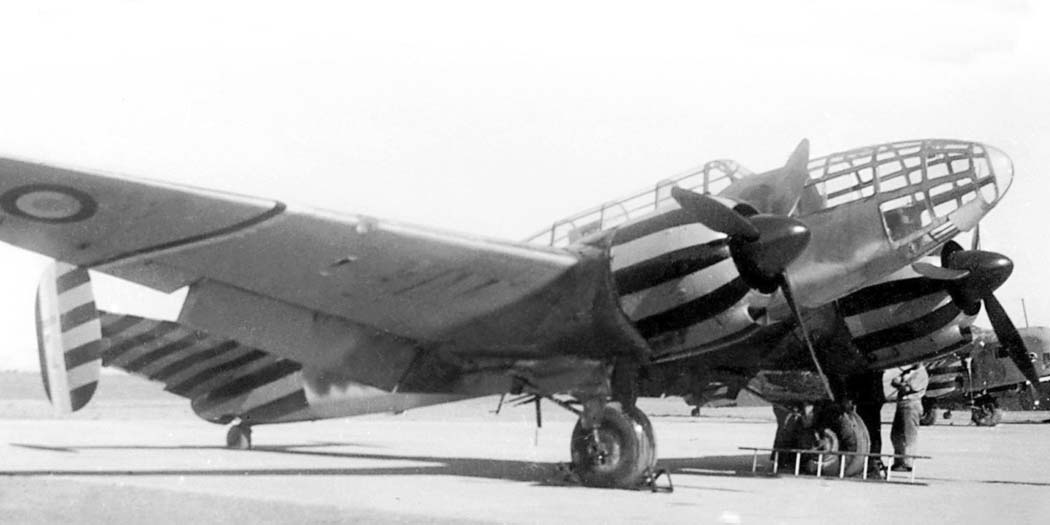Tag: aeroplane
-
Bloch MB.175T French Torpedo Bomber

Bloch MB.175T French Torpedo Bomber Read more
-
Bloch MB.175 in German Service

Bloch MB.175 in German Service Read more
-
Bloch MB.175 French Bomber

Bloch MB.175 French Bomber Read more
Our team work realy hard to produce quality content on this website and we noticed you have ad-blocking enabled.

Bloch MB.175T French Torpedo Bomber Read more

Bloch MB.175 in German Service Read more

Bloch MB.175 French Bomber Read more